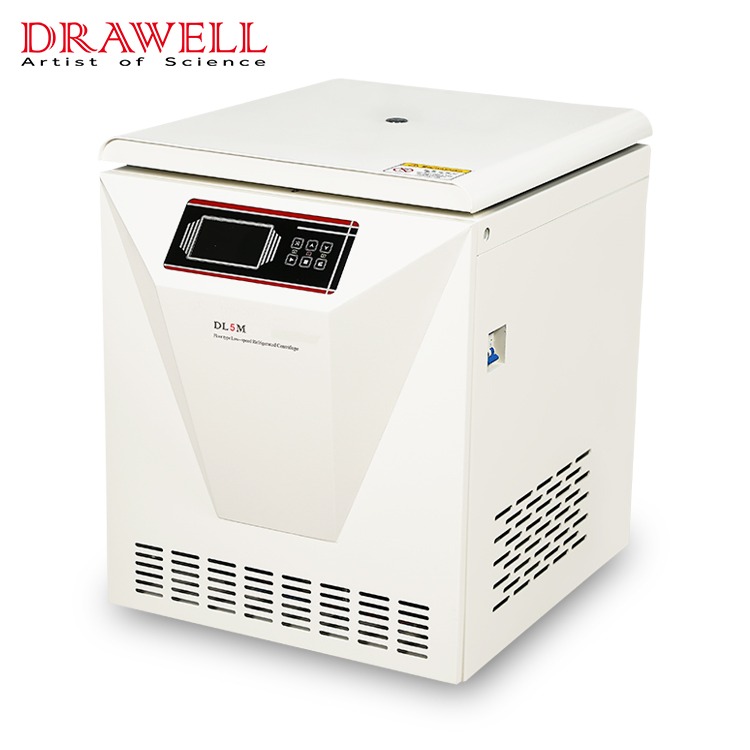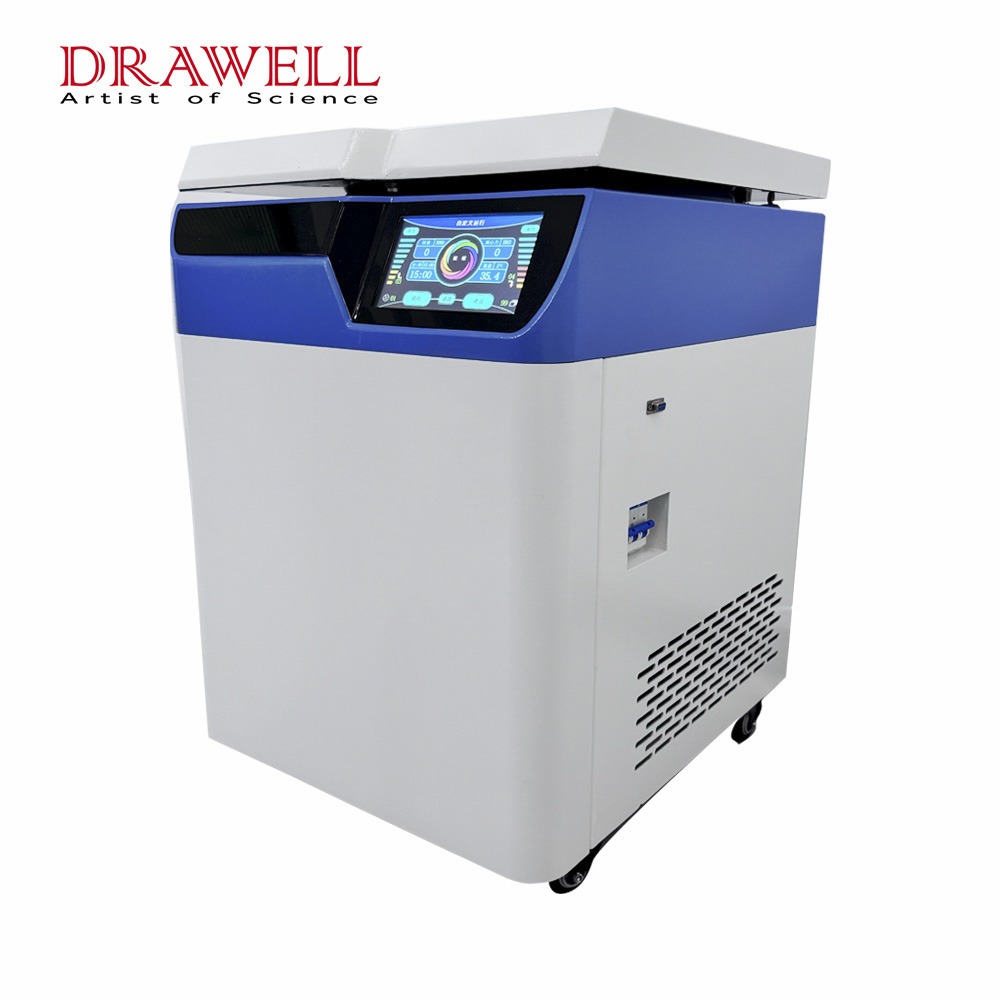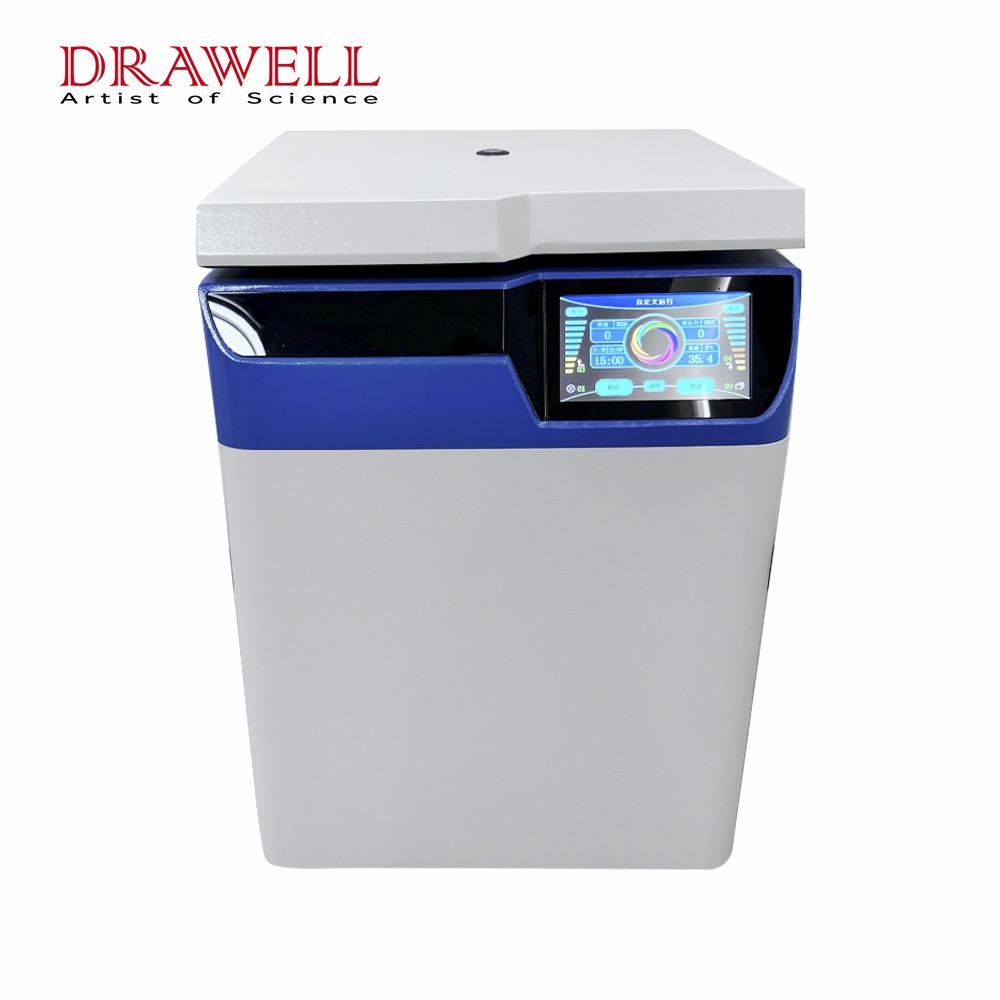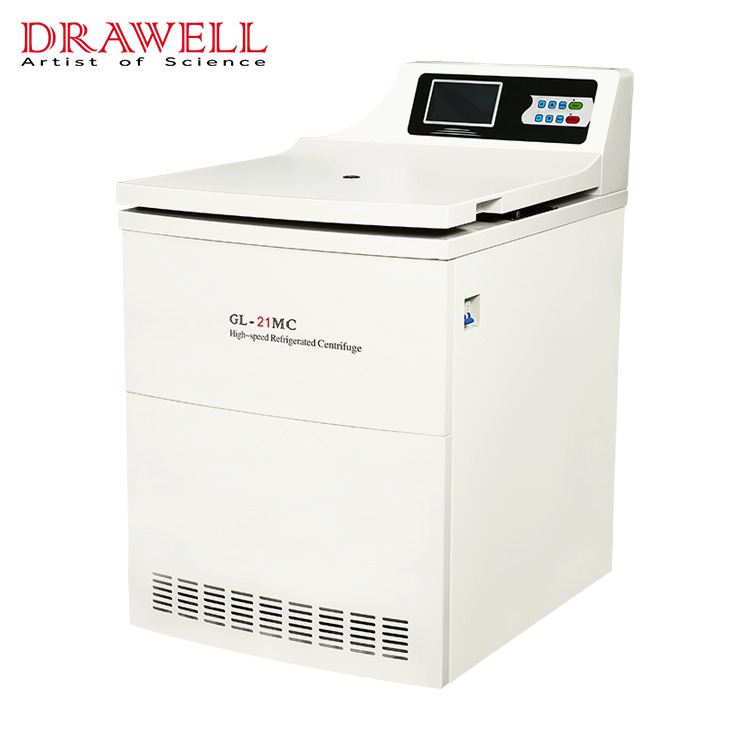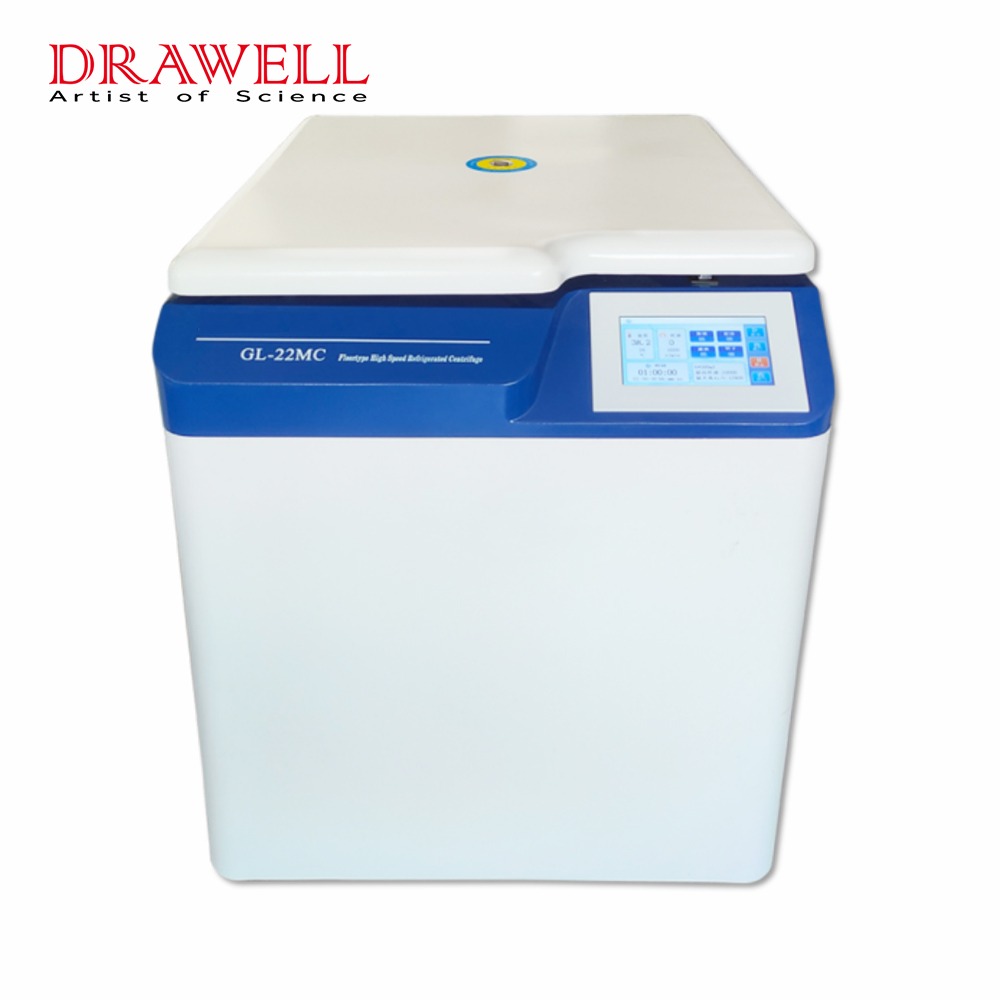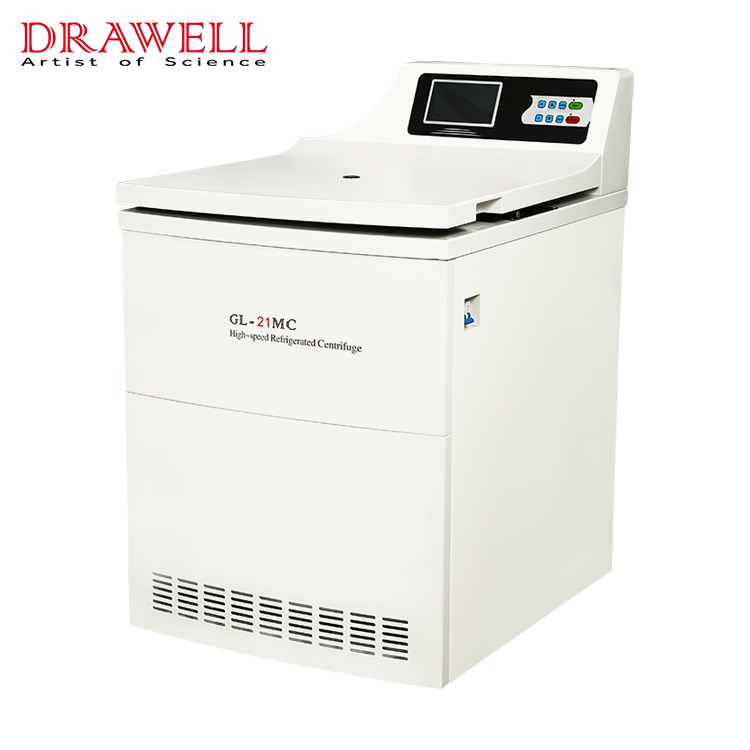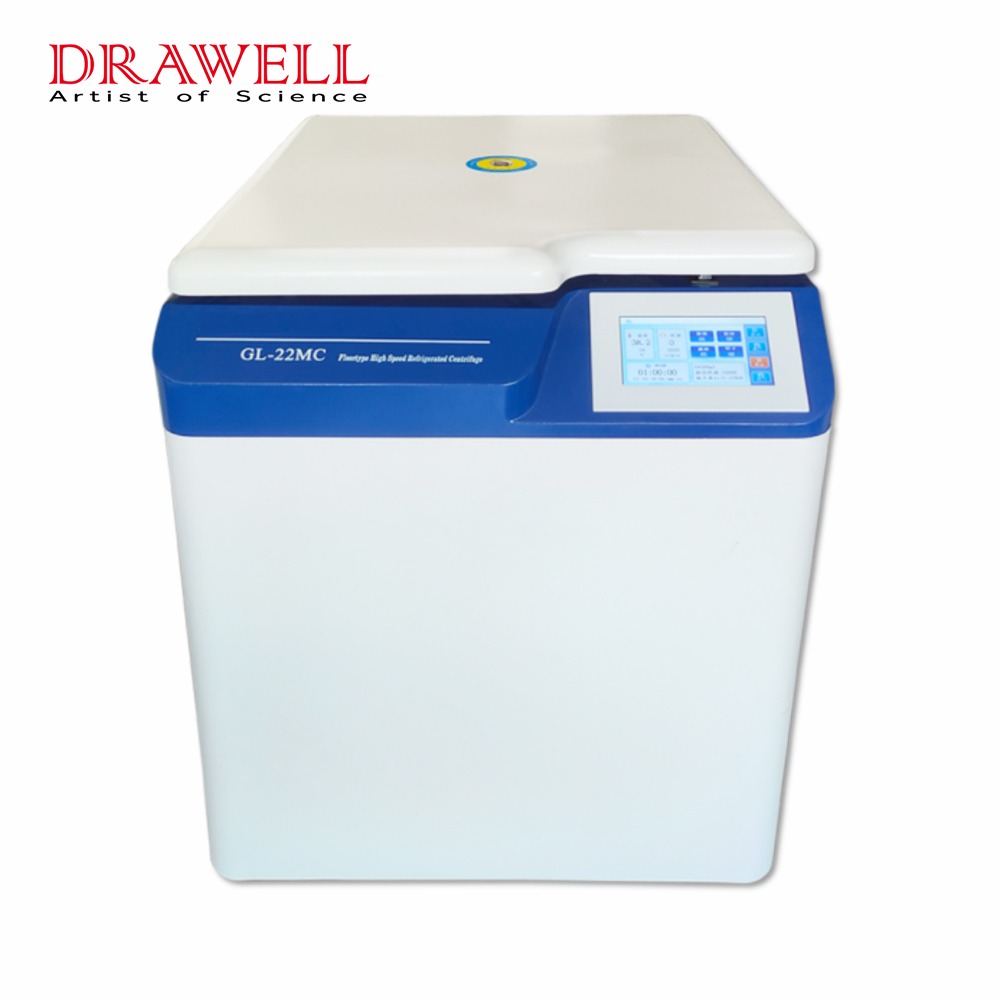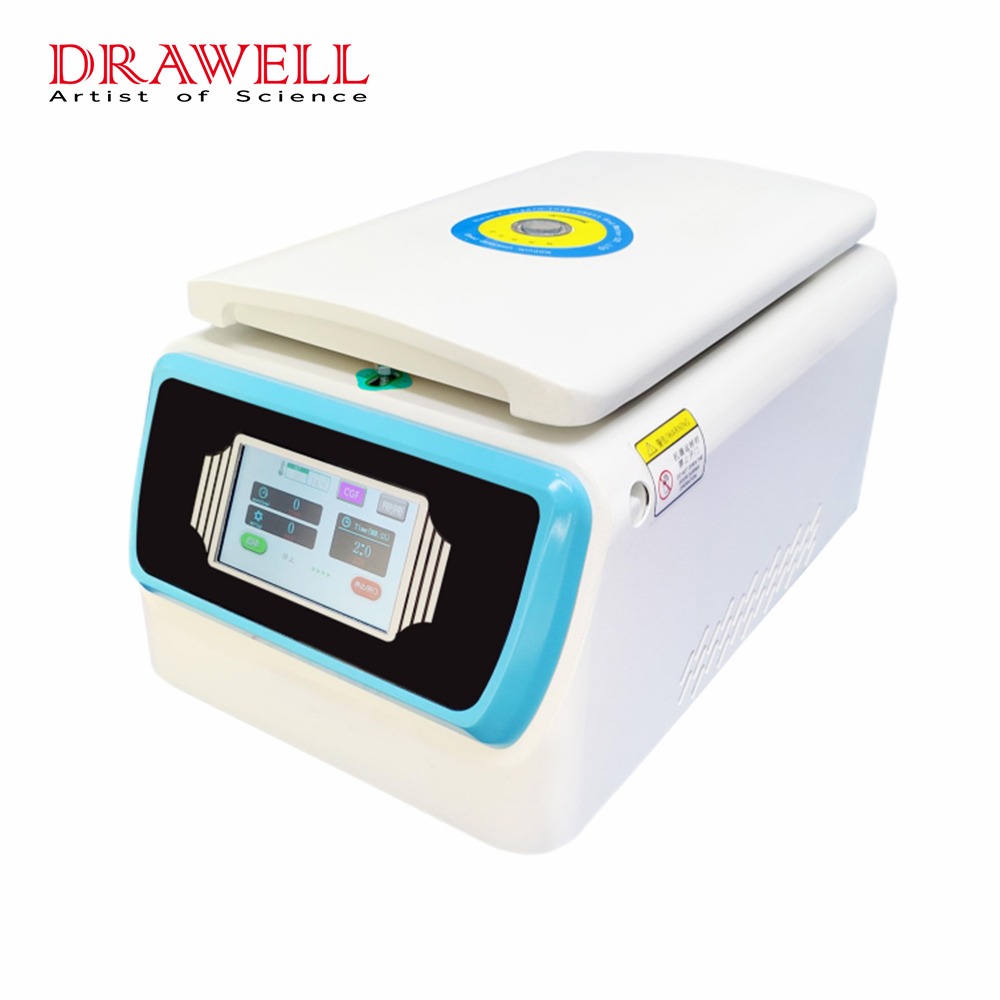Cryogenic and ultra-low temperature centrifugation are cutting-edge techniques essential for the preservation and separation of sensitive biological and chemical samples. Utilizing refrigerated centrifuges, these methods maintain extremely low temperatures during high-speed centrifugation to protect the integrity of delicate molecules and cells. This article delves into the principles, applications, and benefits of these techniques, emphasizing the critical role of refrigerated centrifuges in scientific research and industry.
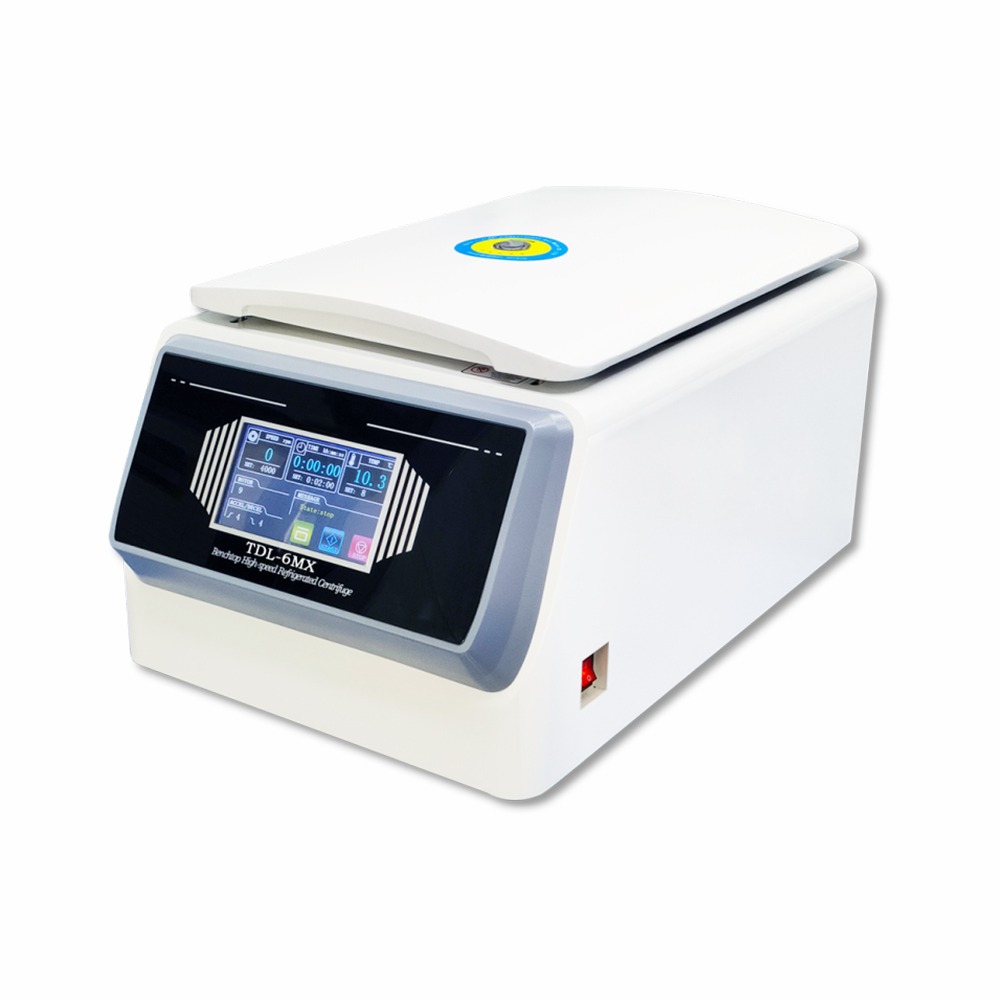
Principles of Cryogenic and Ultra-Low Temperature Centrifugation Using Refrigerated Centrifuges
1. Temperature Control
- Cryogenic Temperatures: Typically below -150°C, achieved using liquid nitrogen or other cryogenic fluids.
- Ultra-Low Temperatures: Ranging from -40°C to -80°C, often maintained by mechanical refrigeration systems.
- Consistent Cooling: Continuous monitoring and adjustment of temperatures to prevent any fluctuations that could affect sample integrity.
2. Centrifugal Force
- High-Speed Rotors: Generate the necessary centrifugal force to separate sample components based on their density.
- Rotor Types: Various rotors (fixed-angle, swinging-bucket) can be used depending on the application and sample type.
- Balancing: Proper balancing of rotors and sample containers is crucial to ensure safe and effective centrifugation.
3. Sample Integrity and Preservation
- Minimizing Thermal Degradation: Maintaining low temperatures prevents thermal denaturation of proteins, nucleic acids, and other biomolecules.
- Preventing Ice Crystal Formation: Rapid cooling and consistent low temperatures help avoid ice crystal formation that can damage cells and tissues.
4. Safety and Containment
- Sealed Rotors and Containers: To prevent contamination and ensure sample integrity, especially when dealing with biohazardous materials.
- Safety Features: Includes alarms, automatic shut-offs, and protective barriers to safeguard users from exposure to extreme temperatures and high-speed rotors.
5. Advanced Control Systems
- Precision Monitoring: Real-time monitoring of temperature, speed, and time to ensure optimal centrifugation conditions.
- Programmable Settings: Allows for customized centrifugation protocols tailored to specific sample requirements.
6. Energy Efficiency
- Efficient Cooling Systems: Advanced refrigerants and cooling technologies to maintain low temperatures with minimal energy consumption.
- Heat Management: Effective dissipation of heat generated during centrifugation to maintain stable operating conditions.
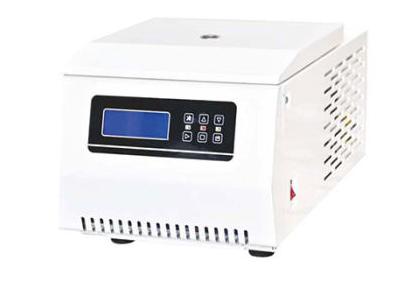
Implementation Steps
1. Preparation
- Sample Preparation: Properly prepare and load samples into suitable containers, ensuring they are sealed and balanced.
- Rotor Selection: Choose the appropriate rotor type and ensure it is securely fixed in the centrifuge.
2. Setting Parameters
- Temperature Settings: Program the desired cryogenic or ultra-low temperature.
- Speed and Time: Set the appropriate centrifugal speed (RPM) and duration based on the sample type and desired separation.
3. Centrifugation
- Monitoring: Continuously monitor the centrifuge’s operation, ensuring that temperature and speed are maintained within set parameters.
- Safety Checks: Ensure all safety protocols are followed, including checking for rotor balance and secure sealing of containers.
4. Post-Centrifugation
- Sample Handling: Carefully remove samples, ensuring they remain at low temperatures until further processing or analysis.
- Equipment Maintenance: Regularly maintain the centrifuge to ensure its optimal performance, including cleaning and servicing the cooling system.
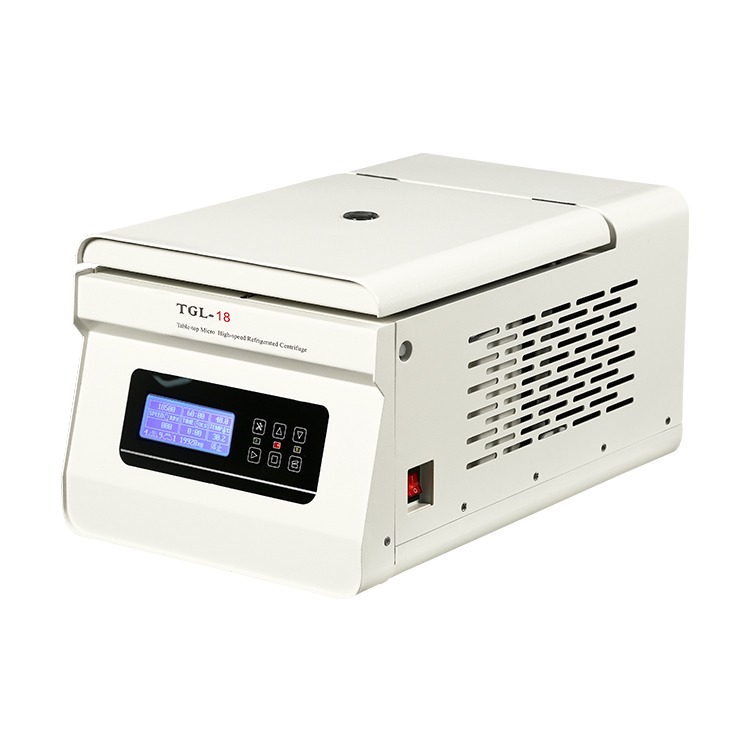
Applications of Cryogenic and Ultra-Low Temperature Centrifugation
This chart highlights the diverse and critical applications of cryogenic and ultra-low temperature centrifugation across multiple scientific and industrial fields.
| Field | Applications | Description |
| Biomedical Research | Virus Purification | Isolation and purification of viruses for research and vaccine development. |
| Protein Isolation | Separation of sensitive proteins and enzymes that require ultra-low temperatures to maintain stability and activity. | |
| Cell Fractionation | Fractionation of cells and organelles at ultra-low temperatures to preserve integrity and functionality. | |
| Clinical Diagnostics | Cryopreservation | Preparation of cells and tissues for cryopreservation and long-term storage in biobanks. |
| Biomarker Analysis | Isolation of biomarkers from blood, urine, and other biological samples under ultra-low temperatures to prevent degradation. | |
| Pathogen Isolation | Isolation of pathogens from clinical samples at cryogenic temperatures to ensure viability and accurate analysis. | |
| Pharmaceutical Industry | Drug Development | Preparation of stable formulations of pharmaceuticals that require ultra-low temperatures during processing. |
| Vaccine Production | Purification of vaccine components, including viral particles and adjuvants, that require cryogenic conditions. | |
| Biotechnology | Molecular Biology | Isolation and purification of nucleic acids (DNA, RNA) and proteins at ultra-low temperatures to prevent degradation. |
| Cell Therapy | Processing and preparation of cells for therapeutic applications under cryogenic conditions to ensure viability. | |
| Environmental Science | Cryogenic Sample Processing | Analysis of environmental samples, such as soil and water, to study microorganisms and organic compounds that require low temperatures. |
| Preservation of Rare Species | Cryopreservation and analysis of genetic material from endangered species to support conservation efforts. | |
| Forensic Science | DNA Analysis | Extraction and preservation of DNA from forensic samples under cryogenic conditions to prevent degradation. |
| Toxicology Studies | Isolation and analysis of toxins and other chemical substances from forensic samples at ultra-low temperatures. | |
| Agricultural Science | Seed Preservation | Cryopreservation of seeds and plant tissues to maintain genetic diversity and support agricultural research. |
| Plant Pathogen Research | Isolation and study of plant pathogens under cryogenic conditions to develop disease-resistant crops. | |
| Material Science | Nanoparticle Separation | Separation and purification of nanoparticles at ultra-low temperatures for advanced material research. |
| Polymer Analysis | Analysis of polymers and other materials that require low temperatures to maintain stability during centrifugation. |

Challenges and Solutions in Cryogenic and Ultra-Low Temperature Centrifugation Using Refrigerated Centrifuges
1. Temperature Maintenance
Maintaining stable cryogenic or ultra-low temperatures is crucial, yet challenging.
Solutions
- Temperature Fluctuations: Ensuring consistent temperatures throughout the centrifugation process can be difficult, particularly in long runs or with larger sample volumes.
- Cooling Efficiency: The efficiency of the cooling system must be high to achieve and maintain the required temperatures, especially in environments with varying ambient conditions.
- Ice Formation: Avoiding ice crystal formation within samples and on equipment is essential to prevent sample damage and ensure smooth operation.
2. Equipment Costs and Maintenance
Refrigerated centrifuges for cryogenic and ultra-low temperature applications are expensive.
Solutions
- High Capital Expenditure: Initial investment in high-quality refrigerated centrifuges is substantial.
- Operational Costs: Running and maintaining these centrifuges is costly due to the need for specialized refrigerants and regular servicing.
- Maintenance Complexity: Regular maintenance is required to ensure optimal performance, including checks on the cooling system, rotor integrity, and overall machine calibration.
3. Technical Expertise
Operating and maintaining cryogenic and ultra-low temperature centrifuges require specialized knowledge and skills.
Solutions
- Training Requirements: Personnel must be adequately trained to handle and operate the equipment safely, including understanding the principles of low-temperature centrifugation and troubleshooting common issues.
- Handling Cryogenic Materials: Working with liquid nitrogen or other cryogenic materials involves significant risk, requiring careful handling and strict safety protocols.
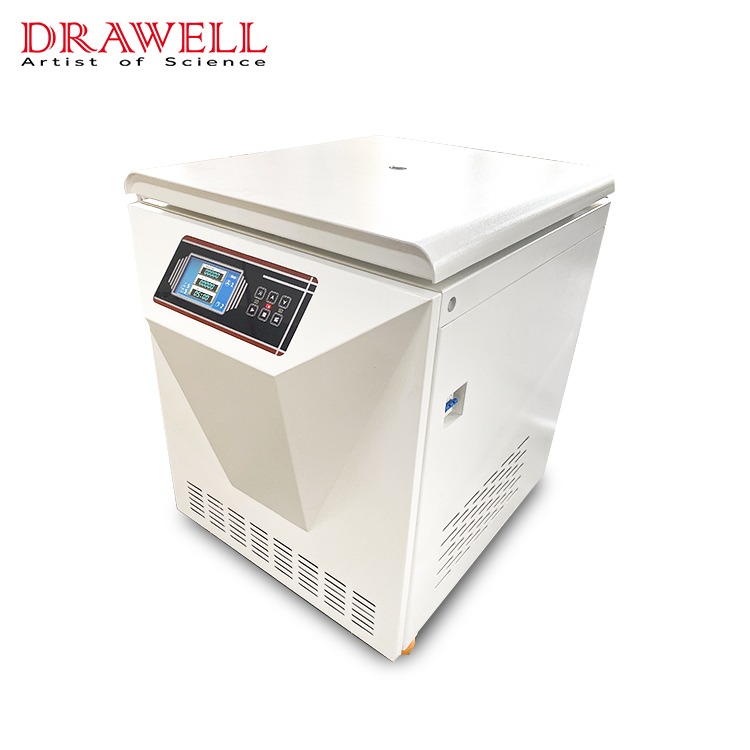
4. Sample Handling and Preparation
Preparing samples for cryogenic and ultra-low temperature centrifugation involves meticulous attention to detail.
Solutions
- Sample Loading: Proper loading and balancing of samples are crucial to prevent rotor imbalance and potential damage to the centrifuge.
- Sealing and Containment: Samples must be sealed correctly to avoid contamination and spillage, which can compromise sample integrity and pose safety hazards.
- Sample Volume: Managing different sample volumes and ensuring uniform temperature distribution across all samples can be challenging.
5. Safety Concerns
Safety is a paramount concern when dealing with extreme temperatures and high-speed centrifugation.
Solutions
- Cryogenic Hazards: Exposure to cryogenic temperatures can cause severe injuries, necessitating protective equipment and strict safety protocols.
- Mechanical Failures: High-speed rotors are subject to significant stress, and mechanical failures can be catastrophic, leading to equipment damage and potential injury.
- Biohazard Risks: When working with biological samples, the risk of biohazard exposure requires stringent containment and decontamination procedures.
6. Environmental Impact
The environmental impact of using cryogenic and ultra-low temperature centrifuges must be considered.
Solutions
- Energy Consumption: These centrifuges consume significant amounts of energy to maintain low temperatures and high speeds, contributing to the laboratory’s overall carbon footprint.
- Refrigerant Use: The use of refrigerants, especially those with high global warming potential, poses environmental concerns. Transitioning to more sustainable refrigerants can be challenging and costly.
7. Data Management and Quality Control
Ensuring data accuracy and maintaining quality control are essential yet challenging.
Solutions
- Monitoring and Documentation: Continuous monitoring and accurate documentation of temperature, speed, and other parameters are necessary to ensure reproducibility and reliability of results.
- Quality Assurance: Implementing rigorous quality control measures to verify that the centrifuge operates within specified parameters and that samples are not compromised during the process.
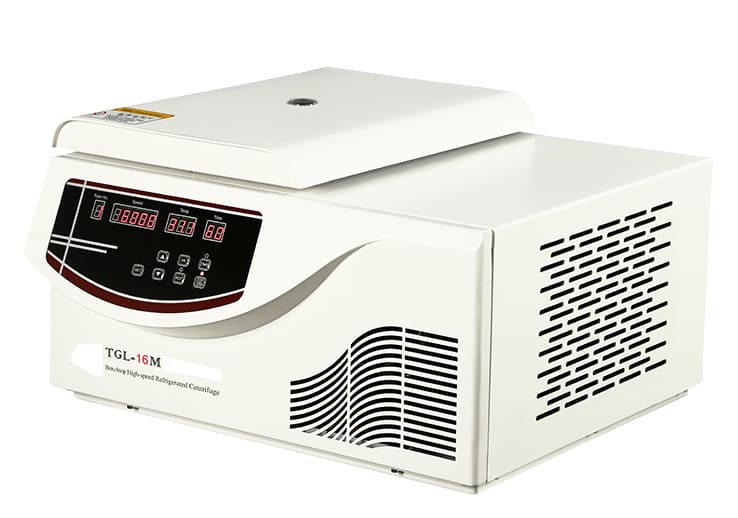
Conclusion
Cryogenic and ultra-low temperature centrifugation using refrigerated centrifuges are indispensable techniques in modern scientific research and industrial applications. These methods enable the separation and preservation of sensitive biological and chemical samples, maintaining their integrity for detailed analysis and research. Despite the associated the challenges of high costs and technical demands, the benefits of enhanced sample preservation, separation efficiency, and versatility make refrigerated centrifuges a valuable asset in any advanced laboratory setting.

